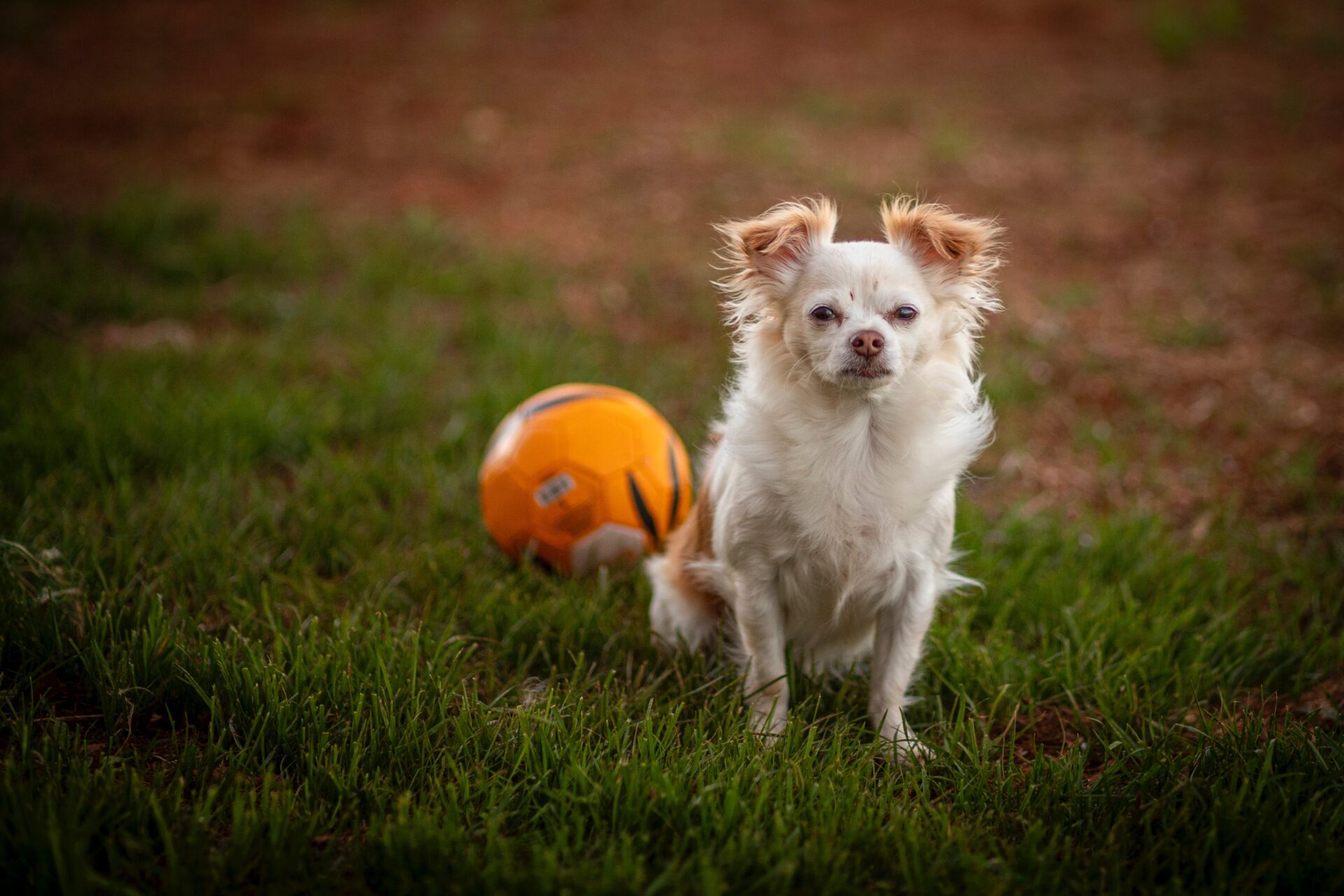Are Ball Pythons one of the most popular pet snakes in the world? Absolutely! These charming and docile reptiles are a great choice for those looking to own a snake. But just how aggressive are Ball Pythons? Well, despite their reputation as one of the most docile species of snake, they can still show signs of aggression when provoked. In this article, we’ll discuss what makes Ball Pythons aggressive and how to best manage their behavior.No, Ball Pythons are generally not considered to be aggressive. They are usually docile and shy, preferring to retreat when they feel threatened rather than attack.
What are Ball Pythons?
Ball Pythons are a species of python found in Africa. They are one of the most popular pet snakes, partly because of their docile nature and ability to be easily handled. They are also relatively small, reaching about 3-5 feet in length when full grown. Ball Pythons get their name from their habit of curling up into a ball when they feel threatened.
They have many different color morphs available, ranging from simple browns and grays to more striking patterns like calicos and pastels. Ball Pythons also have a wide variety of unique patterns on their bodies, including stripes, spots, swirls and blotches.
In captivity, Ball Pythons can live for up to 30 years with proper care. Their diet consists mostly of mice and rats but they can also eat birds or other small animals like lizards and frogs. It is important to provide your Ball Python with a varied diet in order to keep them healthy and happy.
Ball Pythons make great pets for beginner snake owners because they don’t require a lot of space or special equipment. However, it is important to research proper care before bringing one home as they do require some specific environmental conditions in order to stay healthy and thrive.
These snakes are typically docile and gentle, so handling them correctly is essential for building trust between you and your pet snake. With the right care, Ball Pythons can be an incredibly rewarding pet that provides years of enjoyment for both you and your pet reptile!
Factors that Affect Ball Python Aggression
Ball pythons are a relatively docile species, and are known for their impressive size and stunning colors. However, they can become aggressive if certain factors are present. Knowing the triggers that can cause ball pythons to become aggressive is important for ensuring their safety and well-being.
The most common factor that can cause an aggressive response from a ball python is fear. If a ball python feels threatened or scared, it may strike out as a defense mechanism. This is especially true in captive environments where the snake may not have enough hiding spots or spaces to feel secure. Ensuring that the enclosure provides plenty of places to hide can help reduce the snake’s stress levels and minimize its likelihood of becoming aggressive.
Temperature also plays an important role in ball python aggression. When temperatures drop too low, ball pythons may become more irritable and aggressive. It’s important to keep temperatures in the enclosure at appropriate levels to ensure the health and comfort of the snake. Similarly, high temperatures can also have an effect on aggression levels. If temperatures become too hot or uncomfortable for the snake, it may lash out in an attempt to cool itself down or escape its surroundings.
Diet is another factor that can affect ball python aggression levels. If a snake isn’t receiving enough food or nutrients, it may become increasingly irritable and prone to striking out at its handler or environment. It’s important to provide a healthy diet with plenty of variety in order to ensure that your ball python remains healthy and well-nourished.
Finally, hormones can also play a role in how aggressive a ball python may be. Male snakes may become more aggressive during breeding season due to increased testosterone levels, while female snakes can be more defensive when they’re gravid (pregnant). Understanding these hormonal fluctuations and making sure your snake has plenty of space away from potential threats can help minimize any issues with aggression related to hormones.
Overall, there are several factors that can affect how aggressive a ball python may be, from environmental conditions such as temperature and humidity, to diet and hormones. Knowing these triggers is essential for providing your snake with proper care and keeping them safe from any potential harm caused by aggression or stress-related behaviors.
Setting Up the Habitat
Ball pythons are native to Central and West Africa, so they require a habitat that mimics their natural environment. The enclosure should have plenty of space to move around, with a floor area of at least 3 feet by 2 feet. The walls should be at least 12 inches high, as this will help keep the snake from escaping. The substrate should be something like aspen shavings, newspaper or paper towels that can be changed frequently. A hide box should also be provided for the snake to feel secure and comfortable. The temperature of the habitat should range between 78-80 degrees Fahrenheit during the day and 72-75 degrees Fahrenheit at night. This can be achieved by using under-tank heaters or heat lamps on one side of the enclosure. A full spectrum UVB light is also necessary for your ball python’s health and well-being.
Feeding Your Ball Python
Ball pythons are carnivores, so they need to eat a variety of food items such as mice, rats and chicks. The size of the prey should be no larger than half of the snake’s body size. Babies should be fed every 5-7 days while adults only need feeding once every 7-10 days. It is important to observe your ball python carefully while it is eating in order to make sure it is consuming its food properly. If your snake refuses to eat or has any other health concerns, it is best to consult your veterinarian for advice.
Handling Your Ball Python
It is important to handle your ball python regularly in order to build trust and bond with it. Start slowly with short periods of handling and gradually increase the duration over time. When you are handling your ball python ensure that you have a firm grip on its body and always support its head and neck area particularly when lifting it off the ground or out of its enclosure. Make sure that both your hands are free from any lotions or oils which could cause irritation when in contact with its skin. Always use caution when handling any type of snake as they can bite if they feel threatened or scared.
Signs of a Ball Python’s Aggression
Ball pythons are generally gentle and docile snakes, but they can become aggressive when they feel threatened. It’s important to know the signs of aggression in ball pythons so that you can take the necessary steps to keep your pet safe and secure.
The most common sign of aggressive behavior in ball pythons is hissing. When a ball python feels threatened, it will often make a loud hissing noise as a warning or an attempt to scare away the perceived threat. Another sign that your ball python is feeling aggressive is if it coils itself tightly around its prey or anything else it perceives as a threat. This is an attempt to protect itself from harm and should be taken seriously.
Another sign of aggression in ball pythons is if they strike at you or anything else that is perceived as a threat. Ball pythons do not normally bite unless they feel threatened, so if your python does bite you, it’s likely because it feels threatened by something in its environment. If your ball python does bite you, make sure you take the necessary precautions to protect yourself and your pet.
Finally, another sign of aggression in ball pythons is their tail movements. When they feel threatened or scared, their tails may move rapidly from side to side or up and down in quick succession. This is usually accompanied by hissing and other aggressive behaviors such as striking at potential threats.
It’s important to be aware of the signs of aggression in ball pythons so that you can take steps to keep them safe and secure. If your pet ever displays any signs of aggression, make sure you take the necessary steps to provide them with a safe environment free from potential threats.

How to Handle an Aggressive Ball Python
Ball pythons are a popular pet choice for reptile enthusiasts, but they can become aggressive if not handled correctly. It is important to understand why a ball python may become aggressive and how to handle it. With the right knowledge and proper handling, you can help your pet remain calm and non-threatening.
Ball pythons are predators, so it is natural for them to be defensive when they feel threatened. If your ball python feels uncomfortable or threatened, it may become aggressive in order to protect itself. This behavior is normal and should not be considered a sign of aggression towards you as the owner.
When handling your ball python, it is important to remember that they are timid creatures by nature. You should always approach them with caution and respect their space by keeping your hands away from their face and body. If your ball python starts hissing or becomes agitated, it is best to calmly remove yourself from the situation and give them time to calm down before attempting to handle them again.
In order to prevent aggression from developing in your ball python, you should ensure that their environment remains stress-free. This means providing plenty of hiding spots within their enclosure as well as keeping the temperature and humidity at optimal levels for their species. You should also avoid overcrowding their cage with other animals or objects that could cause stress or irritation.
Finally, it is important to remember that your ball python will not become aggressive overnight; this type of behavior usually develops over time due to improper handling or environmental stressors such as overcrowding or inadequate temperature control in its enclosure. By following the tips outlined above, you can help ensure that your pet remains healthy and calm throughout its life with you!
Lack of Proper Handling
Ball pythons are generally gentle, docile creatures and rarely exhibit aggression, so when they do, it usually indicates a problem. In some cases, the cause of aggression may be lack of proper handling. When ball pythons are not regularly handled and exposed to their handler’s presence, they may perceive humans as a potential threat and thus become aggressive. Regularly handling your ball python can help them become used to you and develop a trusting relationship.
Environmental Stress
Environmental stress is another potential cause for a ball python to become aggressive. Ball pythons need the right temperature, humidity levels and enclosure size in order to feel comfortable and secure. If any of these factors are not properly maintained, the snake may act out aggressively as a result of its stress. To avoid this issue, make sure your ball python’s enclosure is properly set up with the correct temperature, humidity levels and size for its species.
Illness or Injury
If your ball python suddenly displays aggressive behavior out of the blue, it could be due to an underlying medical condition or injury. Infections or parasites can cause stress in snakes which can lead to aggression as well as pain from an injury. If you suspect that your ball python may be ill or injured, you should take it to a reptile vet as soon as possible for proper diagnosis and treatment.
Hunger
In some cases, aggression in ball pythons may be caused by hunger. If your snake is not getting enough food or is being overfed which can lead to obesity then it might become aggressive while looking for food or when being handled due to its hunger-induced irritability. It’s important to feed your snake consistently with appropriate meal sizes based on its weight and age for optimal health.
Provide a Comfortable Environment
Creating a comfortable environment for your ball python is essential to reducing the likelihood of aggression. Make sure the enclosure is large enough for them to move around and explore, and provide plenty of hiding spots for them to feel secure. Maintain the proper temperature and humidity levels inside the enclosure, as well as provide adequate lighting. If you can, try to provide some type of enrichment like branches or rocks in order to stimulate their natural behaviors.
Handle with Care
When handling your ball python, be sure to do so with care and respect. Don’t grab them too quickly or roughly, as this can startle them and cause them to feel threatened. Gently scoop them up from underneath with both hands and support their body while you are carrying them. Let them explore your hands on their own terms – don’t force them onto your hands if they don’t want to come out of their enclosure.
Establish Trust
Establishing trust between you and your ball python is key to preventing aggressive behavior. Spend time each day interacting with your pet by talking softly to it, letting it crawl on you gently or providing it with food from your hands. This will help create a bond between the two of you that will reduce any potential fear or aggression.
Keep Feeding Time Consistent
Ball pythons are creatures of habit, so it’s important to keep their feeding time consistent in order to help reduce the likelihood of aggression. Feeding at different times each day can cause stress which may lead to aggressive behavior. Try feeding your ball python at the same time every day so they know when to expect food.
Provide Adequate Space
Make sure that your ball python has enough space in its enclosure for it to move around freely and feel comfortable. Crowded enclosures can make snakes feel stressed which can lead to aggressive behavior. Provide plenty of space for your pet snake so they can explore without feeling trapped or threatened by their surroundings.

Conclusion
In conclusion, Ball Pythons are generally not an aggressive species. They may act defensively or defensively on occasion, but they are not usually considered to be a threat to humans. Ball pythons make excellent pets for those who are looking for a relatively low maintenance reptile that can be easily handled and enjoyed. With proper care and handling, ball pythons can live for up to 30 years in captivity and provide years of enjoyment for their owners.
It is important to remember that all animals, including Ball Pythons, require respect and understanding. It is important to research the species before getting one as a pet, so that you can be sure you are providing the best possible care for your new companion. With the right care and attention, ball pythons make excellent pets and can be a great addition to any home.




